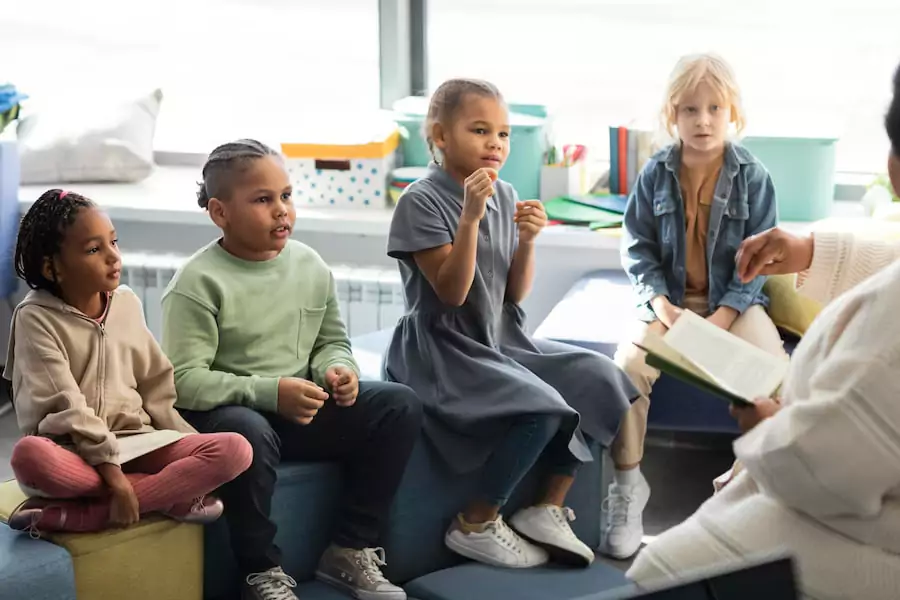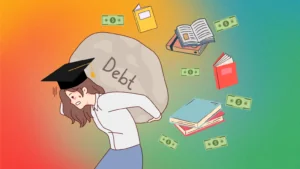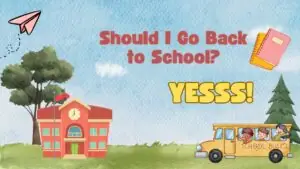The aftermath of the Covid pandemic continues to ripple through the American education system. Linda Jacobson sheds light on this issue, presenting a significant drop in enrollment numbers in US schools. Is this a fleeting disturbance or the onset of a foundational shift in our education system?

✅ AI Essay Writer ✅ AI Detector ✅ Plagchecker ✅ Paraphraser
✅ Summarizer ✅ Citation Generator

Key Takeaways
- US schools are seeing fewer students, especially in kindergarten. This is due to lower birth rates and more people choosing different ways to educate their kids.
- Schools are worried about running out of money. The extra federal money that helped during the pandemic is about to end, and this could lead to staff being let go and schools closing.
- Many families are choosing homeschooling or charter schools over traditional schools. The use of Education Savings Accounts, which can pay for private schooling or homeschooling, is increasing.
Declining Enrollment and the Impact of Relief Funds
Enrollment, particularly in kindergarten classes across numerous states, has seen a concerning dip. Public schools are witnessing an exodus as falling birth rates and a surge of alternative schooling options lure parents away. In major cities like Chicago, Houston, New York, and Los Angeles, student population decline is evident. “If anyone was holding out hope for a bounceback, we have put that to rest,” warns Brian Eschbacher, a former Denver public schools official.
During the Covid pandemic, schools managed to stay afloat with $190bn in relief funds. This emergency aid helped mitigate the immediate financial impact of falling enrollments and staved off drastic cuts to staff and programs. However, as those funds are slated to dry up in 17 months, education leaders stare down the barrel of budget deficits and unappetizing options such as school closures and layoffs.
Rise of Alternative Schooling Options
Simultaneously, homeschooling and charter schools have been gaining ground as viable alternatives to traditional schooling. For instance, Education Savings Accounts (ESAs) have emerged, enabling families to use public funds for private school enrollment or homeschooling. The introduction of ESAs, while expanding parental choice, stokes fears of a divisive system and exacerbates existing inequalities within the education landscape.
Bob Templeton, an enrollment consultant with Zonda, a housing market research company, recognizes this dramatic shift: “This pandemic was the perfect incubation event that really caused homeschooling to thrive. We’re seeing this dramatic change in how we educate kids.”
The Road Ahead: Challenges and Opportunities
As we navigate this transitional phase, education leaders like Sonja McKenzie, a board member in the Parkrose school district, Oregon, grapple with the imminent decisions they must make. The prospects are dire: staff cuts, layoffs, and even the closure of half-empty school buildings. “We have some decisions to make in the next few months,” McKenzie acknowledges.
The evolving situation has sparked a nationwide debate on the future of American education. As researchers like Stanford University’s Thomas Dee scramble to track these rapid enrollment trends, parent advocacy organizations like Oakland Reach urge a shift in focus toward more fundamental issues such as ensuring children are reading at grade level.
The Pros and Cons of the Shift in Schooling
The shift away from traditional public schools towards homeschooling, charter schools, and private schools funded through ESAs is a double-edged sword. On the one hand, these options offer families greater flexibility and control over their children’s education. They allow for tailored learning experiences that can potentially cater better to individual students’ needs and interests. As Bob Templeton, an enrollment consultant with Zonda, a housing market research company, states, “This pandemic was the perfect incubation event that really caused homeschooling to thrive,” acknowledging the notable surge in homeschooling’s popularity.

However, on the flip side, these options can exacerbate socio-economic disparities within the educational landscape. Public schools, already reeling from falling enrollment, stand to lose vital funding if more families opt for ESAs, which could potentially redirect public funds to private education. This could lead to a divisive system where access to quality education becomes increasingly contingent upon a family’s resources.
This concern is shared by Sonja McKenzie, a board member in the Parkrose school district, who says, “I can understand a parent may feel like they have a better option. But it creates a divisive system of who has the resources and who doesn’t. Less resources for the classroom impacts the whole community.”
Moreover, the shift toward homeschooling and online education places a greater onus on parents, many of whom may not have the time, resources, or skill set to effectively homeschool their children. Lakisha Young, CEO of Oakland Reach, a parent advocacy organization, underlines this tension, saying, “There is always this quality and convenience tension. Everyone wants a school in their neighborhood that they can walk their kids to.”
As the nation grapples with this shifting educational landscape, it is vital to balance the need for innovation and flexibility with the commitment to equitable access to quality education. The challenge lies in harnessing the positive aspects of this shift while mitigating its potential drawbacks. The stakes are high, as Nat Malkus, the deputy director of education policy at the American Enterprise Institute, puts it, the pandemic was an “absolute asteroid” of a disruptive event.
US schools are confronting an uncertain future as the Covid pandemic has disrupted traditional enrollment trends and initiated a wave of challenges and opportunities. As we continue to chart this unexplored territory, the resilience of our educational system will be tested. The question remains: is this a temporary upheaval, or are we witnessing a fundamental shift in the American education system?
Challenges and Consequences
Following the COVID-19 pandemic, US schools have not yet seen a recovery in enrollment. There’s a persistent decline in the student population, particularly noticeable in states like California, Washington, and Wisconsin. The challenges faced by US schools concerning enrollment are manifold. The combination of falling birth rates, budget deficits, and the rising popularity of alternative schooling options, such as homeschooling and charter schools, has led to a decrease in traditional public school attendance. Kindergarten counts have been especially affected, marking a significant shift in the landscape of public education.
The situation is further complicated by the looming cut-off of federal relief funds. These funds have been a crucial lifeline, cushioning the loss of funds tied to falling enrollment and allowing schools to delay staff cuts and program reductions. However, with this relief coming to an end, schools may soon face harsh realities such as layoffs, school closures, and mergers.
Interestingly, the pandemic has sparked a surge in homeschooling. As traditional schools closed or shifted to online learning, many parents elected to educate their children at home. This trend, along with the rise of Education Savings Accounts (ESAs), has catalyzed a significant shift in schooling options.
Finally, the decline in enrollment has initiated discussions about potential school closures. Education leaders, including board members from various school districts, find themselves considering such drastic measures due to shrinking student populations and consequent budget deficits. These discussions, however, are fraught with tension, as the need for quality education and the convenience of local schools remain high priorities for many communities.
Read more:
The Post-Pandemic Puzzle: High School Diplomas Rise Amid Declining Test Scores and Attendance
Reconsidering Test Scores: New Research Supports a Holistic Approach to High School Assessment
Exploring the Impact on American Education: Terminating of Affirmative Action
Follow us on Reddit for more insights and updates.





Comments (0)
Welcome to A*Help comments!
We’re all about debate and discussion at A*Help.
We value the diverse opinions of users, so you may find points of view that you don’t agree with. And that’s cool. However, there are certain things we’re not OK with: attempts to manipulate our data in any way, for example, or the posting of discriminative, offensive, hateful, or disparaging material.